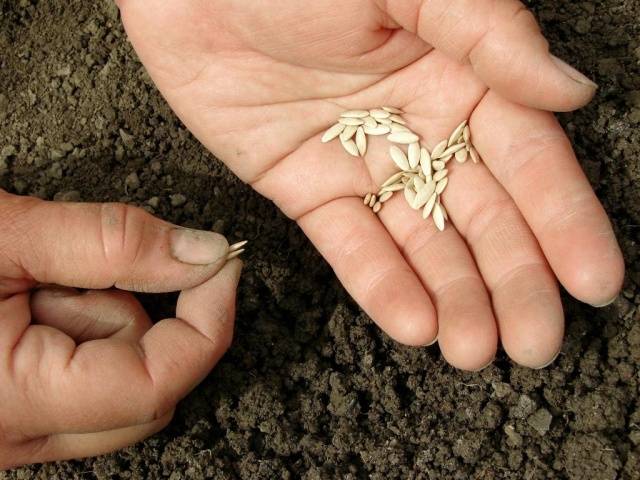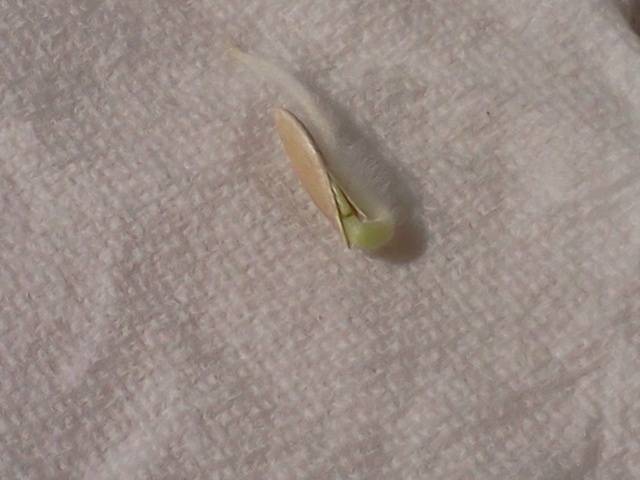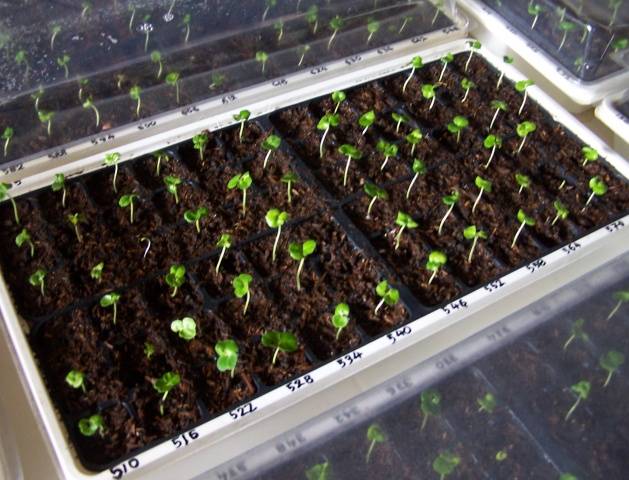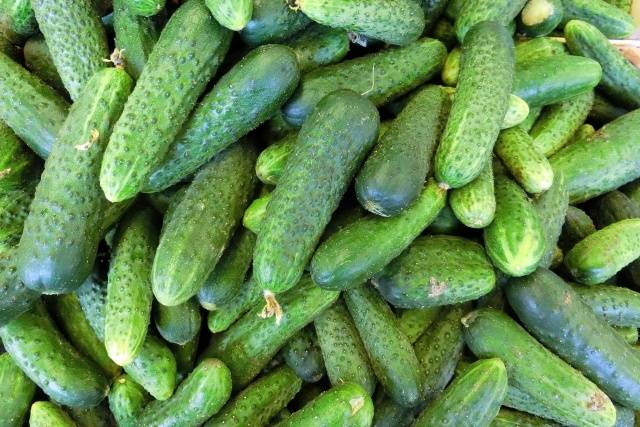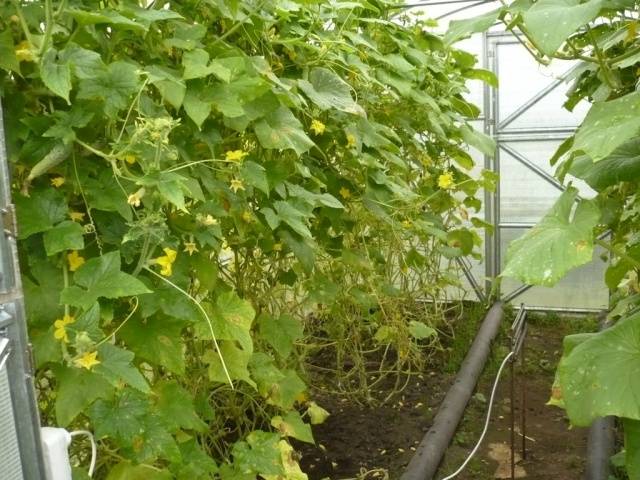Content
Gardeners buy cucumber seeds in the fall. So that the vagaries of nature do not affect the harvest, self-pollinated varieties are chosen. They are suitable for greenhouse and open field cultivation. The best properties of the first generation breeding hybrids with the letter "F1" cannot be duplicated with the help of testes. Take care of the seeds in advance - there will be time to test germination.
Seed preparation
One bag from each batch of seeds will have to be donated. Long before sowing seedlings, seeds are checked for germination. The first test is to dip the planting material in salt water and shake it. Those floating on top are dummies; if they sprout, they won't give a good harvest.
We sort the remaining seeds by size and soak each batch separately. Small ones are subject to rejection. Based on the results, we evaluate the quality of the seed. Sometimes it is necessary to increase purchases or change the supplier of seeds. Wasted time on re-growing seedlings will result in the loss of early cucumbers. Late plantings yield lower yields.
How long do seeds stay in germination? Self-pollinated cucumbers are preferably planted in the first two years after receiving seeds. They remain viable for up to 5–8 years, but losses during germination increase every year.
Ultra-early ripe varieties of cucumbers
This group includes self-pollinated plants that are capable of producing ready-to-eat fruits 35–40 days after the release of the second leaf. Pollination by insects is not required. Most famous "Parade", "Marinda", "Cupid", "Desdemona".
"Masha F1" for salad and canning
Super early varieties are intended to a greater extent for greenhouse cultivation. It is not recommended to plant in open ground in the central and northern regions without covering with a film. Productivity 11 kg / sq. m for greenhouse cultivation is not much. Early picking of cucumbers attracts. The first zelentsy are removed already on the 36th day.
The scourge of the plant is limited in growth, does not exceed 2m in length. There are few side shoots, this simplifies the formation of the bush. Up to 4 - 7 bouquet-type ovaries in a knot provide a quick growth of self-pollinated cucumbers instead of plucked ones. Thick-skinned greens try to shoot earlier in order to activate growth.
- Fruit weight - 90-100 g;
- Length - 11–12 cm (collection upon reaching 8 cm);
- Diameter 3–3.5 cm.
A delay in harvesting leads to a loss of taste for overgrown fruits, inhibits the development of the bush. The bush mobilizes forces to supply seed cucumbers. Fruits of the "Masha F1" variety of early ripening are distinguished by keeping quality, they can be transported without consequences. When preserving, they retain their density, do not form voids.
Planting of seedlings is carried out within a month from the first germination. Overgrown plants are difficult to take root. Self-pollinated cucumbers variety "Masha F1" are resistant to powdery mildew, olive spot, cucumber mosaic. 1-2 preventive spraying with complex agents makes plants invulnerable.
Early ripening cucumber varieties
This category includes self-pollinated varieties, the fruits of which are ready to be harvested on the 40-45 day of the growing season.Seeds produced by Gavrish do not need pre-sowing treatment.
Courage F1 is suitable for all regions
Self-pollinated cucumbers "Courage F1" with a vegetation period before the beginning of fruiting 38–44 days are recommended for growing in private plots and in industrial volumes. During the spring-autumn period in the southern regions, 2 crops are harvested up to 25 kg / sq. m. Scourges up to 3.5 m long on trellises bear up to 30 fruits. In bundle ovaries, up to 4–8 zelents are formed. The planting density is 2–2.5 bush per square meter. m.
Regular collection of fruits is required. Zelentsy up to 18 cm long and weighing up to 140 g inhibit the growth of young brethren. Cucumbers on the main lash are larger, on the side shoots the growth is more abundant. The early fruits of the "Courage F1" variety are versatile in use: they are suitable for salads and canning.
Border variety of early cucumbers "Lilliput F 1"
The first fruits of the self-pollinated variety "Lilliput F 1" can be equally attributed to the category of early and ultra-early cucumbers. The ripening period for zelents is 38 - 42 days. The bundle of ovaries gives in one bosom a bookmark of up to 10 fruits of pickles and gherkins.
The plant needs limited branch pinching. Fruits are short 7-9 cm, weighing 80-90g. Productivity 12 kg / sq. m. Lovers of pickled cucumbers - admirers of this variety. Gherkins are removed every other day, pickles - daily. A delay in collection does not result in outgrowth. Late harvests lead to thickening of the fruits, coarsening of the pulp and seeds does not occur, the yellowness does not threaten the greens. Summer residents visiting a remote site on weekends will not lose their crops.
Self-pollinated gherkins are undemanding to agricultural technology, resistant to traditional diseases of cucumbers. The early maturity and unchanging taste of the Lilliput F 1 variety entice new gardeners to germinate gherkin seeds.
Medium early self-pollinated cucumbers. Late ripening of even early varieties brings a greater yield of cucumbers from the bush and is characterized by an increase in the quality of the fruit.
Cucumber variety "Claudia F1" grows in the shade
Hybrid seeds of the Claudia F1 variety are bought even for harvesting on the balcony or in flower pots on the windowsill. Transferring shading with ease. The growing season of the plant, from the first shoots to fruiting, is 45–52 days. The fruits are suitable for pickling and preserving, as well as making salads.
The ovary is laid in a bunch, an average of 3 fruits are formed in the leaf axils. Zelentsy 10–12 cm long, 3-4 cm in diameter have a weight of 60–90 g. Cucumber pulp is not bitter, soft, with a crunch. The seeds in the hybrid greens are small. Fruiting continues until frost. With proper care, the yield reaches 50 kg / sq. m.
The best yield can be seen in the first half of summer. The variety is characterized by immunity to temperature extremes, but a decrease in the average daily temperature leads to a decrease in fruiting up to the complete cessation of the growth of cucumbers.
Self-pollinated cucumbers of the "Druzhnaya family F1" variety
Mid-early fruits of the hybrid variety "Druzhnaya Semeyka F1" reach technical ripeness in 43–48 days. Cultivated in greenhouses and open field. The main lash continues to grow in length throughout the growing season. The number of side shoots without an overabundance.
Ovaries in bundle knots. On the lateral branches there are 6–8 inflorescences in a bunch, on the main whip there are half as many, but the cucumbers are larger. The variety is characterized by stable long-term fruiting until frost. Average yield 11 kg / sq. m. The decrease in yield in the second half of summer is insignificant.
Zelentsy are cylindrical 10–12 cm long, up to 3 cm in diameter. The mass of fruits is 80–100 cm. The pulp is firm, not bitter. For preservation, it is recommended to pick up fruits up to 5 cm long in the pickling stage. There are no voids inside zelents. In addition to the predominant use in pickles and marinades, the flavoring qualities of the F1 Druzhnaya Family cucumber variety are good for salads.
The plant is not capricious, care does not take much time.But untimely harvesting leads to overgrowth of fruits - they tend to become testicles, the seeds inside the fruit become coarse. This leads to a loss of taste and growth inhibition. The variety is resistant to disease.
Varietal hybrids with a predominance of female flowers do not need insect pollination. They resist well the common diseases of the cucumber crop, give a stable harvest of fruits until frost.
